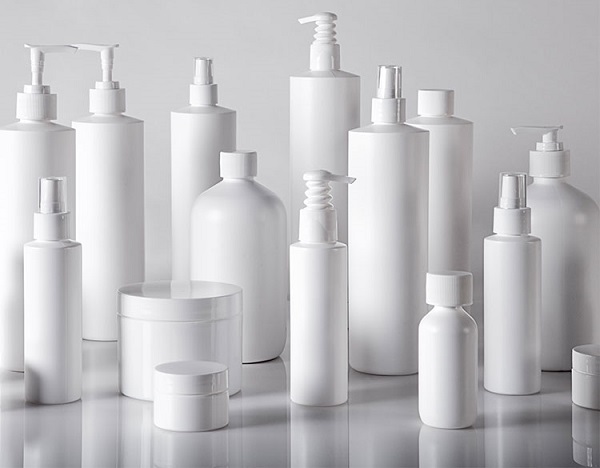Don’t forget about personal care products when evaluating men for contact dermatitis.
Personal care products (PCPs) are common sources of allergic contact dermatitis and irritant contact dermatitis. Over the last decade, the rate of PCP-associated dermatitis has significantly increased. In addition, there has been an increase in PCPs marketed specifically for men resulting in an increase in the use of PCPs in men. A recently published study compared and characterized males and females with PCP-related contact dermatitis.
Over the last decade, the rate of PCP-associated dermatitis has significantly increased.
PCPs were considered either “cosmetic/beauty preparations” or “cosmetic products” excluding sunscreen and eyecare products. Positive patch-tested reactions were evaluated within the study population. This study revealed fewer males (28.8%) than females (39.5%) with PCP-associated dermatitis with a significant increase in both males and females over the last decade. Of note, male patients tended to be older and less likely to have an atopic condition. In addition, males were more likely to have a dermatitis of the trunk or upper extremities than females.
The top 5 most common PCP-related NACDG (north American Contact Dermatitis Group) allergens for both sexes were the same: methylisothiazolinone, fragrance mix I, balsam of Peru, quaternium-15, and paraphenylenediamine(PPD). Additionally, males were proportionately twice as likely to have dermatitis related to soaps and females were twice as likely to have dermatitis related to hair products. This study reveals that as more males adopt the use of personal care products, providers need to be on the lookout for more dermatitis associated with these products.
